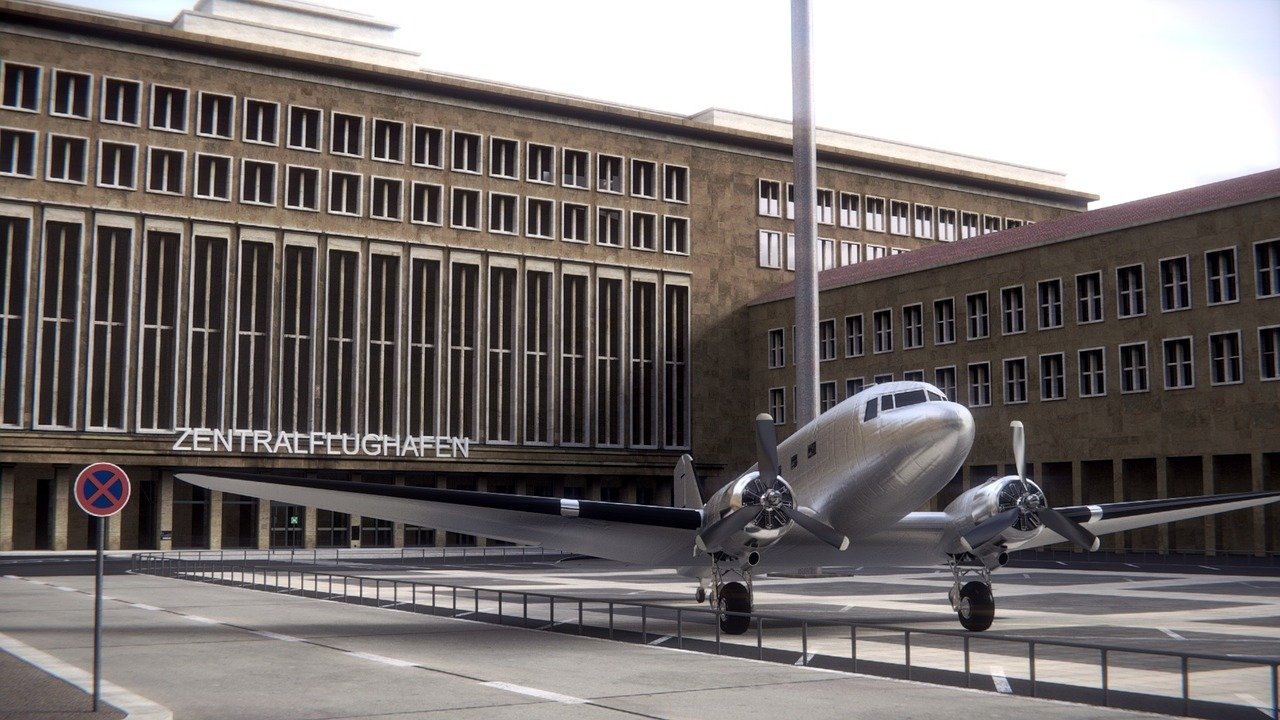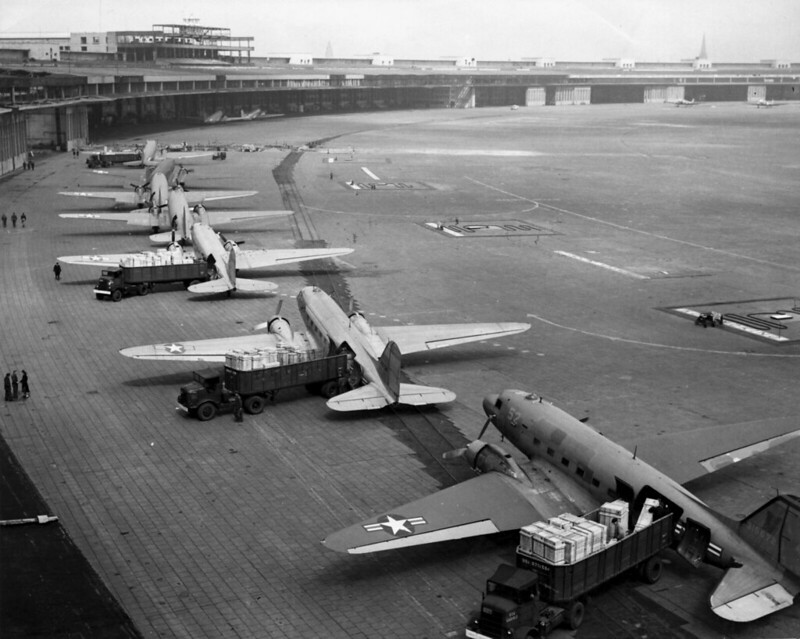Thessaloniki gets ready for its metro launch in November
The underground rapid transit lines have been under construction for almost two decades due to various project delays
 TheMayor.EU logo
TheMayor.EU logo Although the building needs heavy redevelopment, the project is still a top priority for Berlin’s government
On 3 August, Berlin Senator for Urban Development and Housing Sebastian Scheel submitted a report in the Senate on the planning, development and condition of the Tempelhof airport area. The nearly 80-year-old structure is supposed to become the new cultural epicentre of Berlin, however, the report shows that it needs to go through heavy redevelopment first.
The unexpectedly high need for renovations in the supporting structure and fire safety measures is a setback, yet, the report, also focuses on what is to come, giving an overview of the current and future projects to set up shop in the ex-airport.
The rehabilitation of the landmark site remains a priority and it is still happening under the “Vision 2030+” programme. The programme provides a framework for the conversion of the derelict airport into Berlin’s hot new cultural district.
It aims to transform the airport with its relatively central location into something like the Meatpacking District in Manhattan – a place for culture, art, offices and galleries.

One of the flagship projects at Tempelhof is a gallery on the roof of the building that is one kilometre long with an information centre in the front – providing visitors with an overview of the site’s history.
The old airport tower will also open for visitors, where they will get a 360° view of the city and the adjacent airfield. The idea is to integrate the massive redevelopment project quickly so that it can start to have a tangible impact on the city.
On top of all that, the airport will be the new home for the Columbiahaus memorial. Columbia-Haus was the only concentration camp in Berlin and the historical site will create a worthy memorial to commemorate the camp's victims.
Tempelhof Airport was built in 1927, but the initial structure was wholly insufficient to cater to the growing passenger aircraft industry. Albert Speer, Minister for Armaments and War Production ordered its expansion in 1934 as part of the grand reconstruction of Berlin during the Nazi era.
Hitler’s “world capital” Germania imagined the airport functioning like a sort of symbolic “Gateway to Europe”. After the expansion, the airport was one of the largest structures in the world as British architect Sir Norman Foster described it as "the mother of all airports", and the building as an architectural marvel of the modernist era.
Tempelhof Airport is also the birthplace of Lufthansa, the German national airline, though, during World War II, two of its four hangars were used to assemble “Stuka” dive bombers. Remarkably, though, the airport remained relatively unscathed during the war.
 Air Force C-47 aircraft unload at Tempelhof Airport during the Berlin Airlift.
Air Force C-47 aircraft unload at Tempelhof Airport during the Berlin Airlift.
After the iron curtain went up, the site found itself on the West side of Berlin and quickly became a landmark, during the Soviet blockade of Berlin, with the Berlin Airlift. The airport was the main hub, through which the allies could resupply the city with food and medicine.
Later, Tempelhof functioned as an airport up until 2008, when the city decided to close it and redirect traffic to the newly built Schönefeld International.
 Interior of the Berlin Tempelhof Airport Terminal, November 2004,
Interior of the Berlin Tempelhof Airport Terminal, November 2004,
Source: Paul Robert Piskorski on Wikipedia, CC BY-SA 3.0
In 2009, the airfield around the building opened to the public, under the name Tempelhof Feld, and it became a park and recreation area with several protected species finding a new home there. Since then, a number of music festivals and exhibitions have used the park.
Most recently, in 2015, some of the hangers were converted into a refugee centre, housing around 1,200 people.

The underground rapid transit lines have been under construction for almost two decades due to various project delays

Now you can get your wine in Talence by paying directly in Bitcoin

That’s because the state has to spend money on updating the railway infrastructure rather than subsidizing the cost of the popular pass

Rethinking renewable energy sources for the urban landscape

The examples, compiled by Beyond Fossil Fuels, can inform and inspire communities and entrepreneurs that still feel trepidation at the prospect of energy transition

Now you can get your wine in Talence by paying directly in Bitcoin

The 10th European Conference on Sustainable Cities and Towns (ESCT) sets the stage for stronger cooperation between the EU, national and local level to fast track Europe's transition to climate neutrality.

At least, that’s the promise made by the mayor of Paris, Anne Hidalgo

The underground rapid transit lines have been under construction for almost two decades due to various project delays

At least, that’s the promise made by the mayor of Paris, Anne Hidalgo

Hostal de Pinós is located in the geographical centre of the autonomous region

Despite its church-y name, the district has long been known as the hangout spot for the artsy crowds

Urban dwellers across the EU are having a say in making their surroundings friendlier to people and the environment.

Forests in the EU can help green the European construction industry and bolster a continent-wide push for architectural improvements.

Apply by 10 November and do your part for the transformation of European public spaces

An interview with the Mayor of a Polish city that seeks to reinvent itself

An interview with the newly elected ICLEI President and Mayor of Malmö

A conversation with the Mayor of Lisbon about the spirit and dimensions of innovation present in the Portuguese capital














